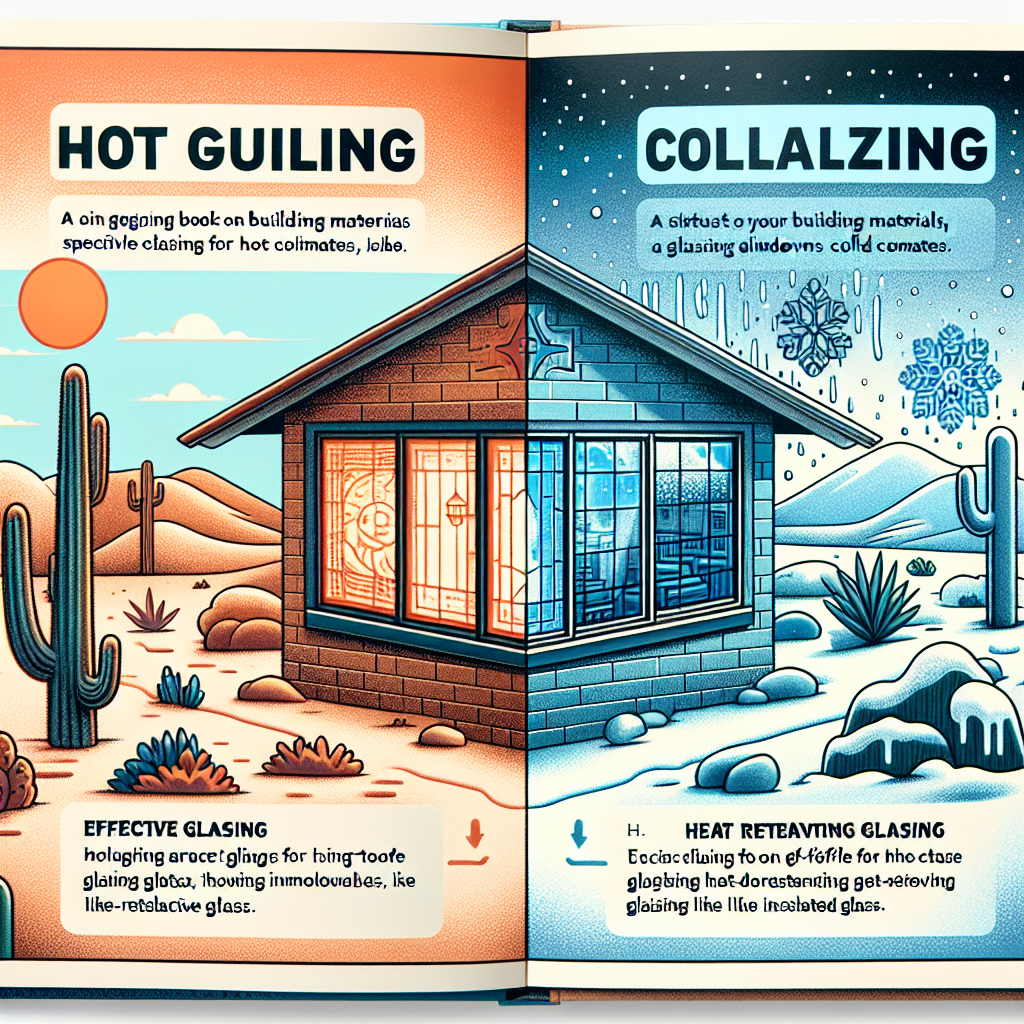When it comes to energy efficiency and comfort in homes and buildings, the choice of glazing is paramount. Glazing, or the glass used in windows and doors, plays an essential role in managing heat and light in any space. However, not all glazing solutions are created equal, especially when considering the unique demands of different climates. In this article, we will explore how to select the perfect glazing for your local climate, ensuring your home remains comfortable year-round while also being energy-efficient.
Understanding Glazing: What You Need to Know
Before diving into climate-specific choices, it’s important to understand what glazing means. Glazing refers to the glass used in windows, skylights, and doors. Different types of glazing offer varying levels of insulation, sunlight penetration, and aesthetics. Choosing the right glazing for your home can significantly influence both heating and cooling costs, as well as overall comfort.
Types of Glazing Available
-
Single Glazing: This is the simplest form, featuring just one layer of glass. While it’s the least expensive, it offers minimal insulation and is generally not energy efficient for most climates.
-
Double Glazing: Featuring two layers of glass with an air gap in between, this option provides much better insulation and is suitable for a variety of climates.
-
Triple Glazing: With three layers of glass, this option offers even higher thermal performance, making it ideal for extremely cold climates.
-
Low-E Glazing: Low-emissivity (Low-E) glass has a special coating that reflects infrared light, keeping heat inside during winter and preventing excess heat from entering during summer. This makes it versatile for varying climates.
- Tinted and Reflective Glazing: These options can help reduce heat gain by blocking sunlight, making them ideal for hot climates where cooling is a concern.
The Climate Factor
Understanding the climate of your locality is crucial when selecting the right glazing. Climates generally fall into one of three categories: hot, cold, and temperate. Each category has its own requirements for effective glazing.
Hot Climates: Keeping the Heat Out
In hot climates, where air conditioning is often a necessity, the primary goal is to keep the heat out while maximizing natural light. Here are some glazing options to consider:
- Low-E Coatings: These are essential for minimizing heat gain while still allowing natural light to penetrate.
- Reflective Glazing: This type of glazing can help reflect sunlight, reducing the cooling load on air conditioning systems.
- Tinted Glass: Light-tinted glasses can block a significant amount of solar heat without compromising the view or natural light too severely.
Tip: Install overhangs or awnings to provide additional shading for windows, further reducing heat gain.
Cold Climates: Keeping the Heat In
In contrast, colder climates require a different approach. The goal here is to maximize heat retention and reduce heating costs. Recommended glazing options include:
- Double or Triple Glazing: These options provide excellent insulation, preventing heat loss during the winter months.
- Low-E Glass: In cold climates, Low-E glazing can help keep warmth inside, making homes more comfortable.
- Gas-Filled Windows: Double or triple-glazed windows filled with inert gases like argon or krypton enhance insulation and thermal performance.
Tip: Ensure proper sealing around windows and doors to eliminate drafts and further improve energy efficiency.
Temperate Climates: A Balanced Approach
For those in temperate regions, where both heating and cooling are necessary throughout the year, the right glazing must strike a balance:
- Double Glazing with Low-E Coatings: This combination can offer year-round comfort by keeping homes warm without sacrificing summer cooling needs.
- Solar Control Glazing: This option can be effective during the summer, as it limits solar gain while still allowing for good natural light in winter.
Tip: Consider optimizing shading devices for specific areas of your home that receive the most direct sunlight during peak hours.
Conclusion: Make the Right Choice for Your Home
Selecting the perfect glazing for your local climate can be a game-changer for your home’s energy efficiency and comfort. By understanding the unique demands of your environment, you can make informed decisions that not only enhance your living space but also lower your energy bills. Whether you’re in a hot, cold, or temperate region, the right glazing will improve your home’s quality and performance.
When in doubt, consult with a local expert who can provide personalized recommendations based on your specific climate conditions and building designs. By investing the time to choose the right glazing, you’ll create a home that’s comfortable all year round.


